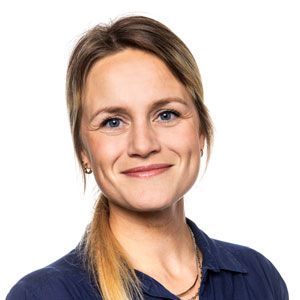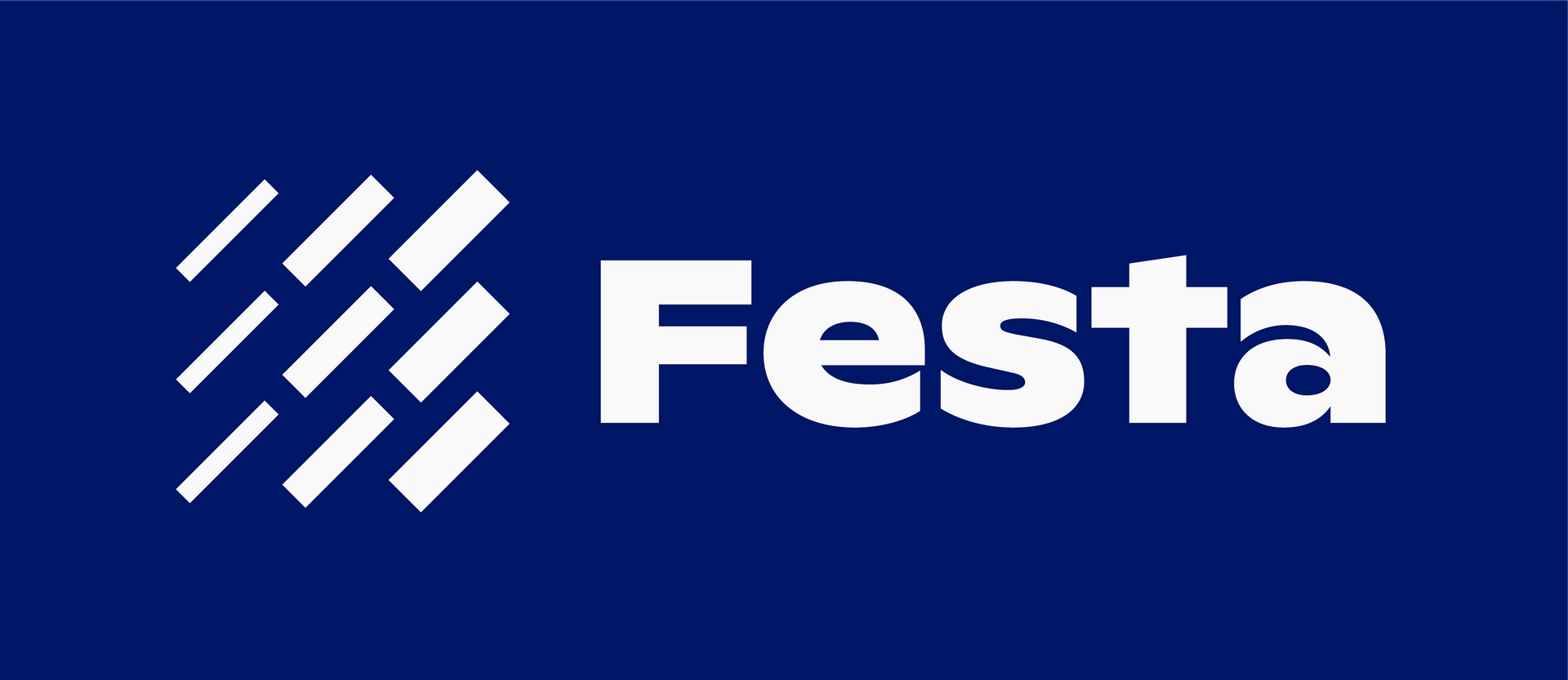Festa hired Birta Kristín Helgadóttir, Director of Energy at EFLA, and Tinna Hallgrímsdóttir, a climate risk and sustainability specialist at the Central Bank of Iceland, to write their respective summaries after COP29 in Baku, Azerbaijan.
2.12.24
Samantekt eftir COP frá Birtu Kristínu Helgadóttur

Highlights from COP29 in BakuThe COP29 conference in Baku brought together global leaders, experts and stakeholders to discuss the challenges and opportunities related to climate change. A focus on innovation, financing, collaboration and equality laid the foundation for achieving global energy and climate goals together. Major themes and insights from COP29
1. Accelerating the energy transitionClean energy and a hydrogen economy were the focus of the conference, with many nations presenting their ambitious plans for hydrogen production, alongside the development of wind power and other renewable but volatile energy sources. However, the need for clarity and predictability of hydrogen demand was stressed as essential to scaling up these plans.
Renewable energy sources such as wind and solar power continue to be at the forefront, but challenges related to their development were discussed. The importance of robust interconnections, flexible energy systems and advanced storage solutions, both long and short term, was particularly highlighted to ensure reliable supply of clean energy. 2. Financing climate action Energy efficiency was mentioned as a “low-hanging fruit” with significant potential for achieving quick impact. Participants called for the coordination of national and international plans to overcome financing barriers and stressed the need to create fair incentive systems to attract investment and facilitate the scaling up of solutions that deliver real results.
The role of global carbon markets was also discussed, with emphasis on the development of harmonised frameworks and transparent pricing systems to accelerate climate action through public and private investment. 3. Innovation and technology Innovation was in the spotlight as a driver of the energy transition. Artificial intelligence and smart grids were mentioned as solutions that can reduce emissions by up to 20%, in particular by simplifying/strengthening the permitting process for green energy projects. Advanced renewable energy solutions, infrastructure investments and risk sharing in this area were highlighted as key elements to increase the scale of these technological solutions. 4. Equality and social support The conference strongly emphasized the importance of social support to achieve an effective but equal and fair energy transition. Policy formulation and actions that ensure fair outcomes and deliver benefits to all segments of society were prioritized, with an encouragement to portray the energy transition in a positive light. Gender equality in the energy sector was also in the spotlight, with projects aimed at empowering women through mentoring, financial support and leadership opportunities. 5. Partnerships and stakeholders Increased collaboration between the public and private sectors was widely discussed as a basis for systemic change. There was also much discussion that good collaboration between all stakeholders in all areas, from risk reduction for energy infrastructure to fostering innovation, was considered key to achieving carbon neutrality.
International cooperation on carbon markets and regional energy connectivity were also mentioned as important actions to promote faster and more equitable development. Conclusion COP29 in Baku brought together experts ready to set out ambitious action plans, targeted investments and collaborative initiatives that are essential to achieving a sustainable future. By harnessing innovation, aligning incentives and strengthening partnerships, the international community can accelerate the transition to a safe and carbon-neutral world.
The conference was a reminder that the energy transition is not only a technical challenge but also a societal one—requiring shared ambition, significant funding, and real action.
You can read Tinna's summary here.




